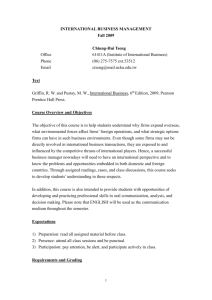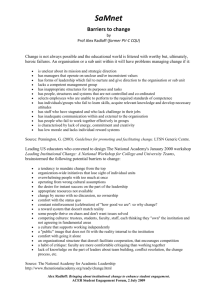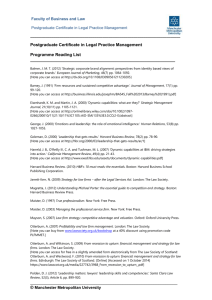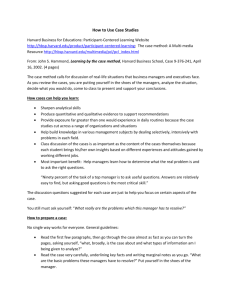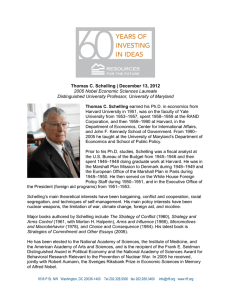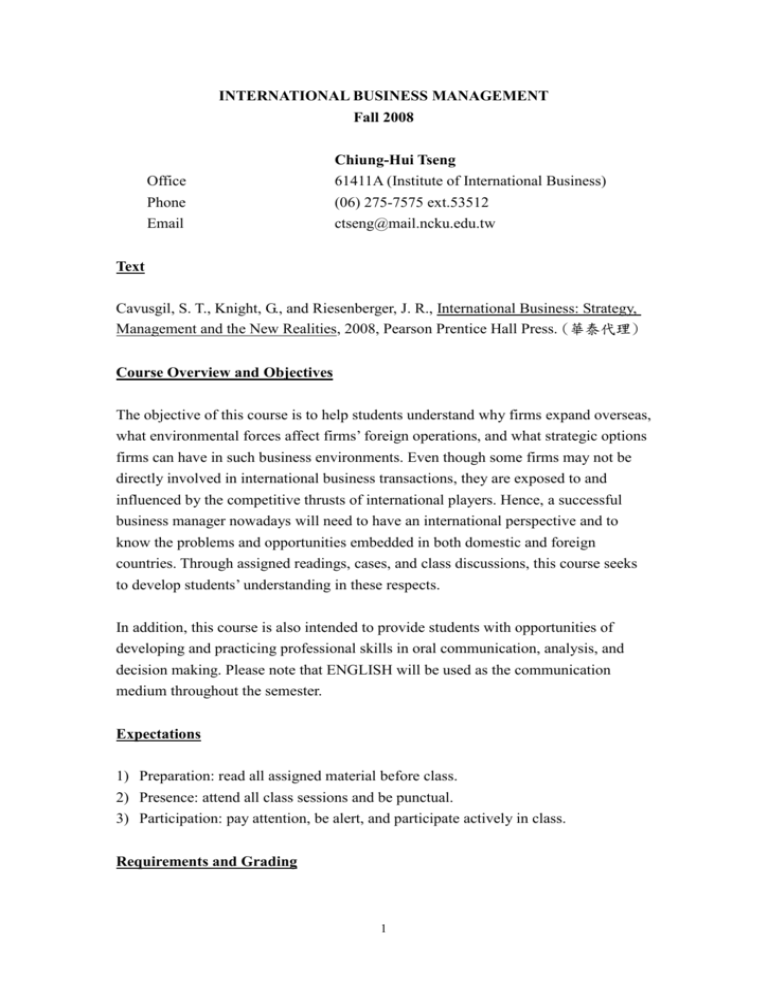
INTERNATIONAL BUSINESS MANAGEMENT
Fall 2008
Office
Phone
Email
Chiung-Hui Tseng
61411A (Institute of International Business)
(06) 275-7575 ext.53512
ctseng@mail.ncku.edu.tw
Text
Cavusgil, S. T., Knight, G., and Riesenberger, J. R., International Business: Strategy,
Management and the New Realities, 2008, Pearson Prentice Hall Press. (華泰代理)
Course Overview and Objectives
The objective of this course is to help students understand why firms expand overseas,
what environmental forces affect firms’ foreign operations, and what strategic options
firms can have in such business environments. Even though some firms may not be
directly involved in international business transactions, they are exposed to and
influenced by the competitive thrusts of international players. Hence, a successful
business manager nowadays will need to have an international perspective and to
know the problems and opportunities embedded in both domestic and foreign
countries. Through assigned readings, cases, and class discussions, this course seeks
to develop students’ understanding in these respects.
In addition, this course is also intended to provide students with opportunities of
developing and practicing professional skills in oral communication, analysis, and
decision making. Please note that ENGLISH will be used as the communication
medium throughout the semester.
Expectations
1) Preparation: read all assigned material before class.
2) Presence: attend all class sessions and be punctual.
3) Participation: pay attention, be alert, and participate actively in class.
Requirements and Grading
1
Group Activities:
Chapter Presentation and Discussion (75 minutes)
Article Presentation and Discussion (55 minutes)
30%
20%
Individual Activities:
Closed Book Exam
Class participation
Chapter Opening Presentation (10 minutes/person)
20%
20%
10%
Key grading criteria for oral presentation are as below:
• Positive and enthusiastic attitude; never read along notes
•
•
•
•
•
•
•
Good voice, eye contact, and gesture
Relate to the audience; be interesting
Be clear on the objective and key points
Be organized and stay in time limit
Good use of visual aids
Meaningful wording, correct spelling and grammar
Proper dressing
Note: Everyone in the team will receive the same grade for group activities. Every
member must contribute fully from the beginning until the end. If a member does not
work hard, fellow members should feel free to “fire” him/her at anytime and notify
the instructor. The member will then receive no grade on the project. Remember that
team spirit is the key to your group’s success.
Academic Dishonesty
Cheating on exams (i.e. when someone brings information into an examination or
looks at someone else’s test paper) will result in an automatic fail for the exam, if not
for the course.
2
Course Schedule
Week
Topic
1 (09/17/08)
2 (09/24/08)
Course Overview
Ch.1 Introduction: What Is International Business?
Gupta, A.K. and Govindarajan, V. (2002) Cultivating A Global
Mindset, Academy of Management Executive, 16(1):116-126
Ch.2 Globalization of Markets and the Internationalization of the
firms
Bartlett, C.A. and Ghoshal, S. (2003) What Is A Global
3 (10/01/08)
4 (10/08/08)
5 (10/15/08)
6 (10/22/08)
7 (10/29/08)
8 (11/05/08)
9 (11/12/08)
10 (11/19/08)
Manager? Harvard Business Review, 81(8):101-108.
Ch.3 Organizational Participants that make International
Business Happen
Gupta, A.K. and Govindarajan, V. (2001) Converting Global
Presence into Global Competitive Advantage, Academy of
Management Executive, 15(2):45-56.
Ch.4 Theories of International Trade and Investment
Kuemmerle, W. (2001) Go Global-or No? Harvard Business
Review, 79(6):37-49.
Ch.5 The Cultural Environment of International Business
Ghemawat, P. (2001) Distance Still Matters: The Hard Reality of
Global Expansion, Harvard Business Review, 79(8):137-147.
Ch.6 Political and Legal Systems in National Environments
Lord, M.D. (2003) Constituency Building as the Foundation for
Corporate Political Strategy, Academy of Management
Executive, 17(1):112-124.
Harvard Case: Four Seasons Goes to Paris: “53 Properties, 24
Countries, 1 Philosophy”
(Study questions will be distributed on 10/29.)
Ch.11 Global Strategy and Organization
Ghemawat, P. (2007) Managing Differences: The Central
Challenge of Global Strategy, Harvard Business Review,
85(3):59-68.
Ch.13 Exporting and Countertrade
Wu, F., Sinkovics, R.R., Cavusgil, S.T., and Roath, A.S. (2007)
Overcoming Export Manufacturers’ Dilimma in International
Expansion, Journal of International Business Studies,
38(2):283-302.
3
11 (11/26/08)
Ch.14 Foreign Direct Investment and Collaborative Ventures
Rodriguez, P., Uhlenbruck, K., and Eden, L. 2005. Government
Corruption and the Entry Strategies of Multinationals, Academy
of Management Review, 30(2):383-396.
12 (12/03/08) Preparing for Exam (Exam study guide will be distributed.)
13 (12/10/08) Exam
14 (12/17/08) Ch.15 Licensing, Franchising, and Other Contractual Strategies
Arora, A. and Fosfuri, A. (2000) Wholly Owned Subsidiary
Versus Technology Licensing in the Worldwide Chemical
Industry, Journal of International Business Studies,
31(4):555-572.
15 (12/24/08) Ch.16 Global Sourcing
Trent, R.J. and Monczka, R.M. (2002) Pursuing Competitive
Advantage through Integrated Global Sourcing, Academy of
Management Executive, 16(2):66-80.
16 (12/31/08) Ch.17 Marketing in the Global Firm
Holt, D.B., Quelch, J.A., and Taylor, E.L. (2004) How Global
Brands Compete, Harvard Business Review, 82(9):68-75.
17 (01/07/09) Harvard Case: House of Tata: Acquiring A Global Footprint
(Study questions will be distributed on 12/31.)
4

